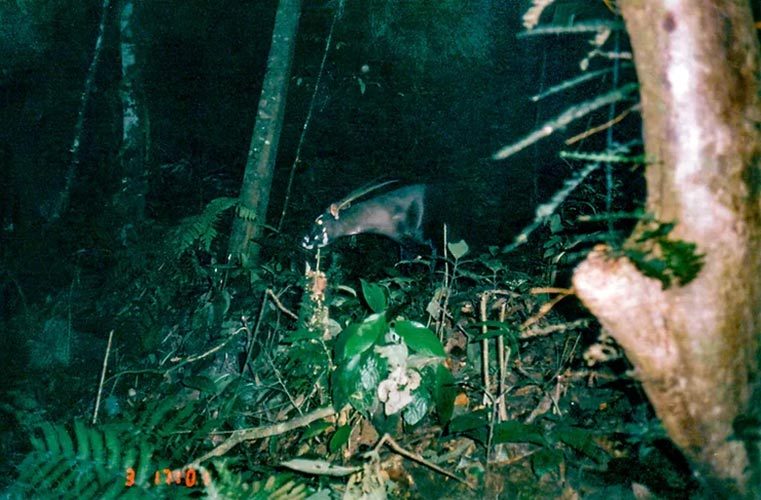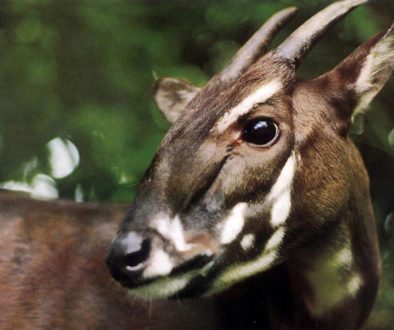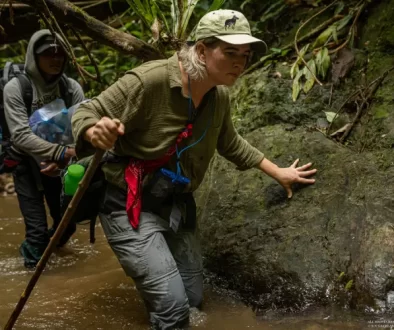Introducing the Saola Rapid Response Fund
Finding Saola in the wild is a core mission of the Saola Foundation. Yet finding the animals – detecting them – is only the first step. With so few Saolas left, saving the species from extinction could hinge on how, and how quickly, conservationists respond to a detection.
An appropriate response will depend on how and where the detection occurs. If it is in the forest, a response will be determined by the type of detection (e.g., camera-trap photo, eDNA detection, or a convincing villager report of a Saola sighting), the location, and if partners are available to help field action. The response could include urgent deployment of snare collection teams, to immediately protect the Saola from poaching. It might also include sending in a research team to confirm the detection, and/or to monitor and learn more about the ecology and behavior of the Saola. With so little known about Saola, every detection holds tremendous potential to significantly improve our understanding of the species, and to build better field capacity to detect more Saolas elsewhere.
If a Saola is unexpectedly found in captivity (as happened in Lao PDR in 2010), a priority response would likely be to send an experienced wildlife veterinarian and/or hoofstock care specialist to monitor and care for the animal, and to supervise its transfer to a secure captive holding facility.
The IUCN Saola Working Group has developed sound protocols for how conservationists should respond to a Saola detection under various scenarios. Most potential responses have two things in common: it is essential they be deployed quickly, and yet they are difficult to predict and therefore plan and budget for in advance. In response to this situation, the Saola Foundation has recently established and is very pleased to announce a new Saola Rapid Response Fund. This new initiative’s purpose is to grow and maintain a pool of funds that can be used, by the Saola Foundation and partners, to quickly deploy the right response to a Saola detection. Decisive action could prove pivotal for saving some of the last Saolas.
We are deeply grateful to Germany’s Opel Zoo (https://www.opel-zoo.de/), and in particular the zoo’s director, Thomas Kauffels, for contributing 10,000 euros (approximately US$12,000) to establish the Saola Rapid Response Fund. Zoo Boise in the United States (https://zooboise.org/) has contributed an additional US$1,000 to the fund – part of a most generous US$5,000 donation to the Saola Foundation by Zoo Boise.
Thanks to the generosity and foresight of these two donors, the fund is now established. For more information about the fund, or if your institution would like to contribute to it, please contact CEO Lorraine Scotson at: info@saolafoundation.org




